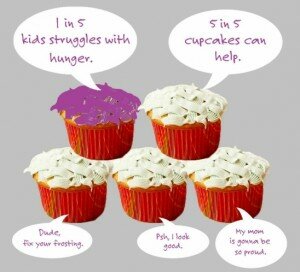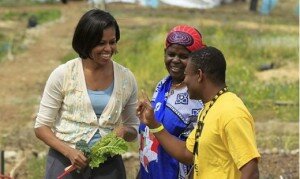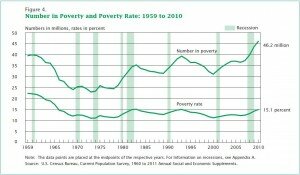With the plethora of graduation ceremonies I’ve attended recently, I began to think about how myself and others can hopefully help college graduates find jobs. I’ve compiled a list of five ways you or someone you know can volunteer your time to help recent graduates secure employment.
-
Mentor a graduate student. Mentoring a college grad can include suggesting job openings, submitting a resume to someone in your organization with a job opening that your mentee may be interested in, reviewing and editing a resume, or simply providing encouragement. While college grads are excited about their recent accomplishment, the quest for employment can be daunting. Encouragement from a mentor can mean a lot to someone who has loss motivation and hope while searching a job.

- Review and Edit Resume. While, there is no right or wrong way to write a resume, a college grad may need some assistance with adding their newly acquired education, formatting their resume, or help with the content for their qualifications and responsibilities of past jobs and activities.
- See a job opening? Since you’re mentoring an awesome college grad, they’re always on your mind. So, if you happen to come across a job posting that is applicable to your mentee, send it to them, whether it’s an email, pigeon, or the actual mail, get the word out to him or her. They may not have seen the posting or felt unqualified for the position. Additionally, remind them to keep their options open and to not discount jobs that may appear unqualified for.
- Help with the Cover Letter. Since, the cover letter is just as or maybe even more important as the resume; your awesome college student will be hopefully waving you down with all flags and flashing lights seeking your help with their cover letter. So, here’s what you can do: Set up a meeting or make edits with additional suggestions for their cover letter; provide cover letter samples.
-
Advise your mentee to volunteer! Volunteerism is an excellent addition to a student’s resume. Since a college grad may lack work experience, they can make up for it with volunteering. We’re HandsOn Network are (surprise!) strong advocates for volunteering. And as a mentor, you can join them! Volunteering can be a rewarding experience for both you and your mentor, and an edition you can also make to your resume ;-)

 es
es he Great American Bake Sale happens all across the country, all year long. Awesome youth and caring adults sign up to hold bake sales and send their profits to Share Our Strength. Share Our Strength uses that money to end childhood hunger. You can schedule your bake sale whenever you want, but the National Challenge is April 20-22. It would be sweet if your bake sale won! The first 300 bake sale hosts to submit $275 or more from bake sales held on National Challenge Weekend will receive a Jay at Play’s Little Miss Muffin Pop N Flip™ toy!
he Great American Bake Sale happens all across the country, all year long. Awesome youth and caring adults sign up to hold bake sales and send their profits to Share Our Strength. Share Our Strength uses that money to end childhood hunger. You can schedule your bake sale whenever you want, but the National Challenge is April 20-22. It would be sweet if your bake sale won! The first 300 bake sale hosts to submit $275 or more from bake sales held on National Challenge Weekend will receive a Jay at Play’s Little Miss Muffin Pop N Flip™ toy!

 ulates your community’s economy. Since money remains in your community, your community becomes more desirable to potential residents and businesses.
ulates your community’s economy. Since money remains in your community, your community becomes more desirable to potential residents and businesses.






 With the declining economy and 46.2 million people living in poverty in the United States (according to the
With the declining economy and 46.2 million people living in poverty in the United States (according to the 



 November 15 is
November 15 is  Include philanthropic giving in your budget. You don’t have to give away thousands of dollars for your gift to have an impact. You can do a lot of good with a smaller gift every month, or a gift once a year. Set up a budget for giving and time frame to make a donation.
Include philanthropic giving in your budget. You don’t have to give away thousands of dollars for your gift to have an impact. You can do a lot of good with a smaller gift every month, or a gift once a year. Set up a budget for giving and time frame to make a donation. Today’s post comes from Michael Nealis, Interactive Strategy Coordinator for
Today’s post comes from Michael Nealis, Interactive Strategy Coordinator for 




